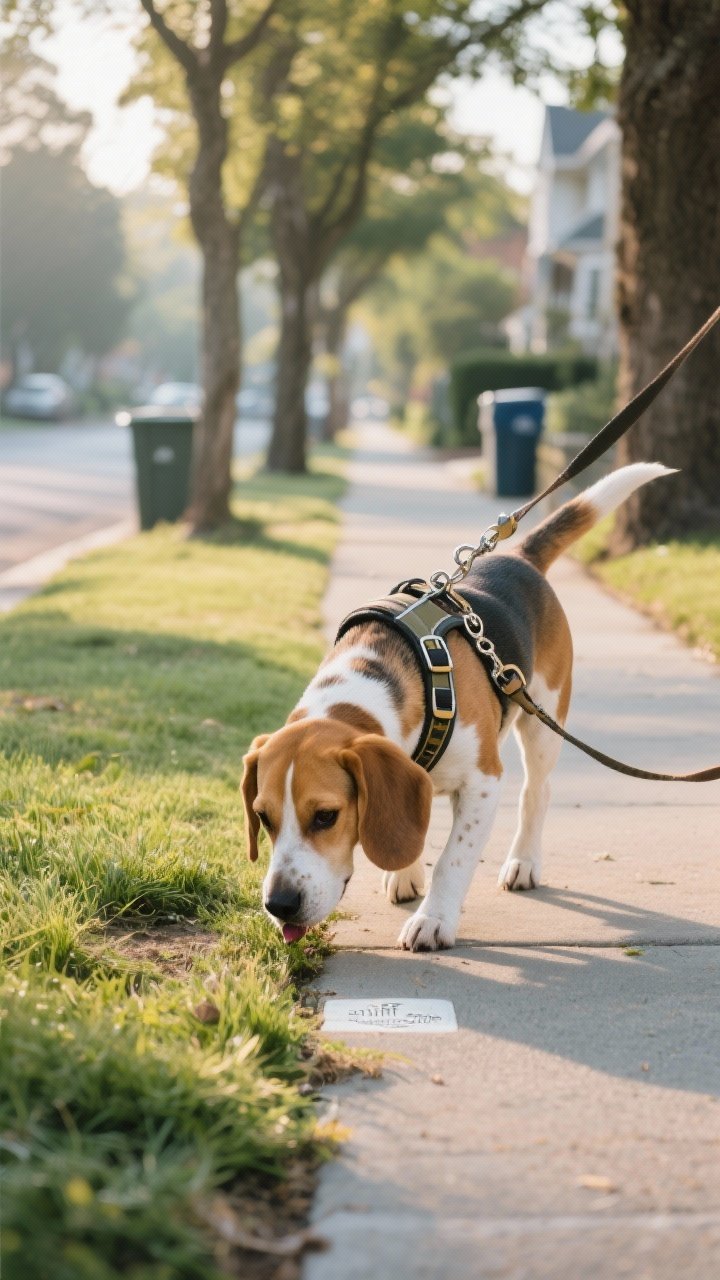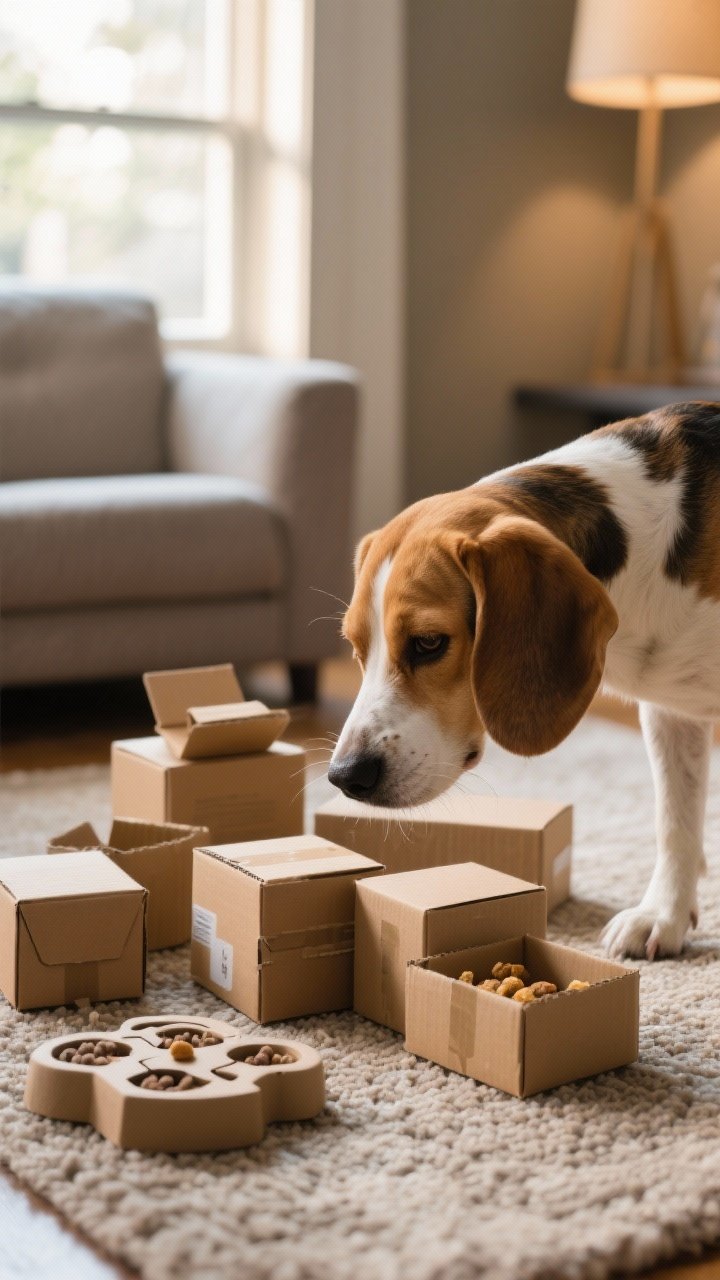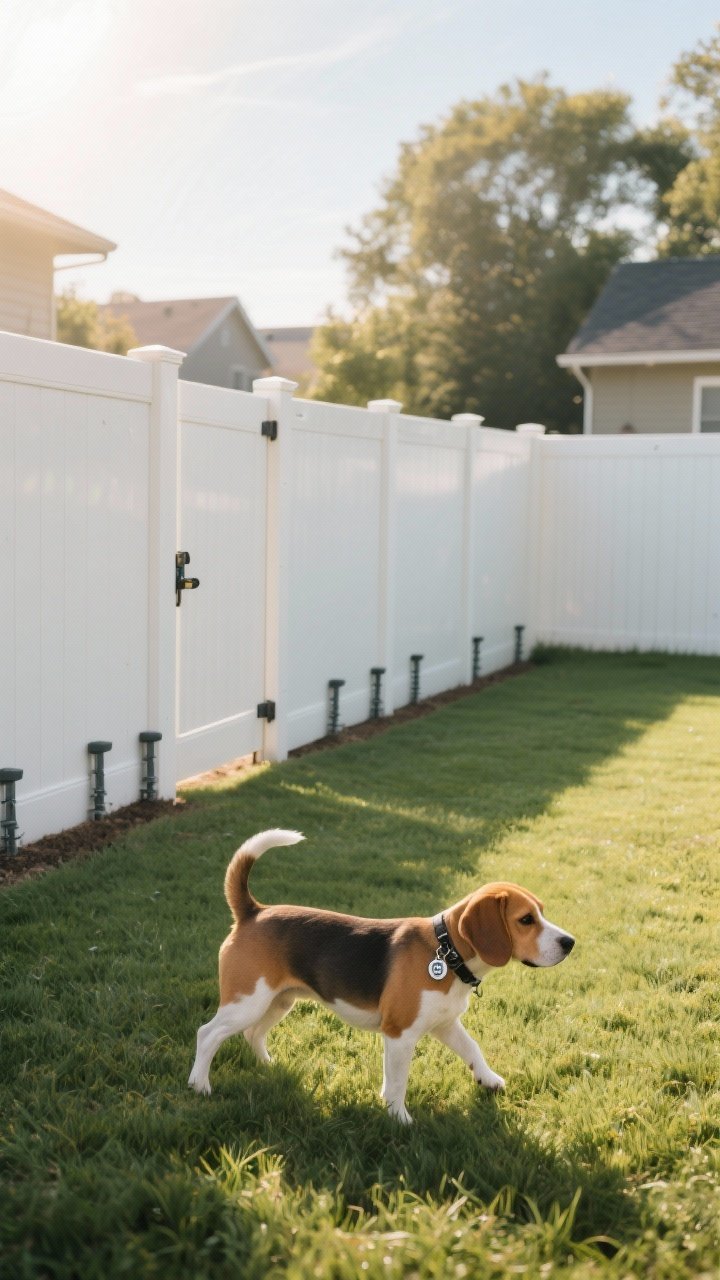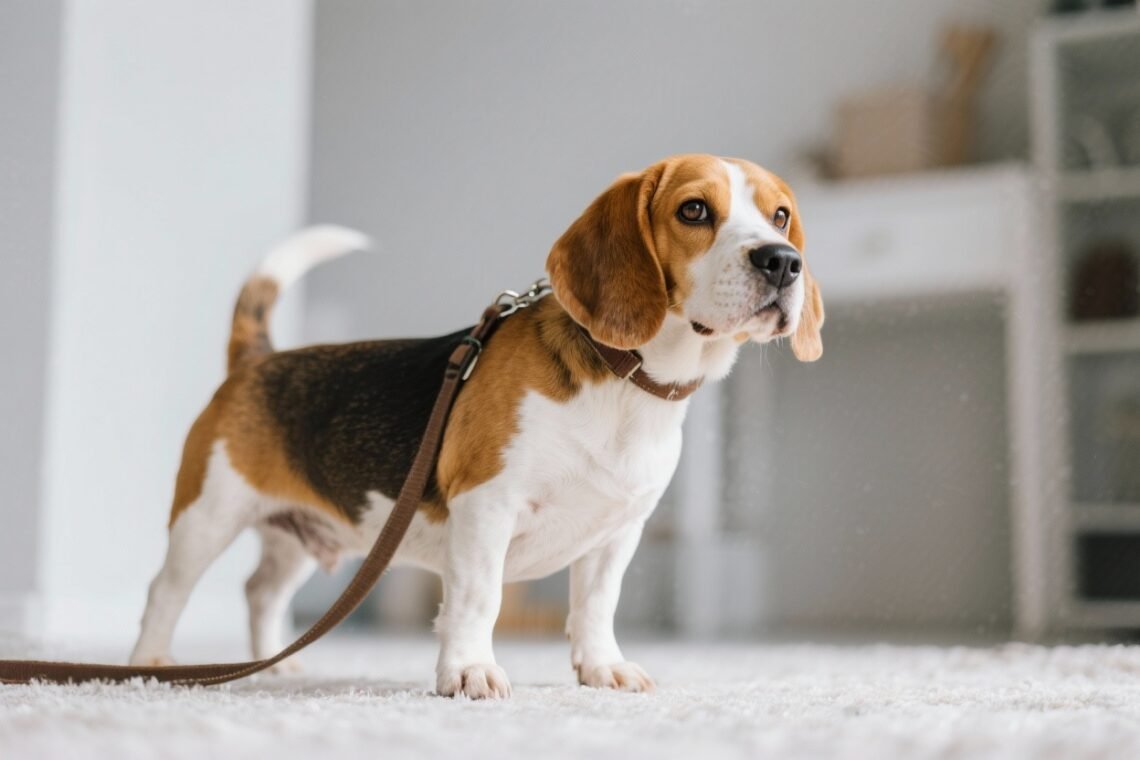Beagles look sweet and innocent… right up until they smell something interesting and your calm walk turns into a sled-pull. They’re hilarious, stubborn, and smarter than they let on. If you want a beagle who listens (most of the time) and a house that doesn’t smell like eau de wet dog, you need a game plan.
Let’s skip the fluff and get into what actually works.
Understand the Nose: Manage the Sniffer, Save Your Sanity

Beagles don’t “kind of” like smells—they live for them. Their noses run the show, and that means your training and routine need to respect the sniff. Expect distraction, plan for it, and you’ll both have more fun.
Leash Skills for Scent-Obsessed Walkers
- Use a front-clip harness. It reduces pulling without constant nagging from you.
- Build a cue like “Go Sniff.” Walk nicely for 10–20 steps, then release your beagle to sniff as a reward.
It’s currency they actually care about.
- Pick your sniff zones. Let them explore safely in grass or along a fence, not by the road or trash bins. Boundaries matter.
Turn the Nose into Enrichment
- Scatter feed. Toss part of dinner into the lawn or on a snuffle mat to work that brain.
- DIY scent games. Hide treats in boxes around the living room and let them hunt. Easy enrichment, zero fancy gear needed.
- Consider scentwork classes. Beagles slay at nosework and tracking.
You’ll be shocked how calmly they nap afterward.
Train for Real Life, Not Just Instagram
Yes, beagles can learn everything: sit, stay, down, even “leave it.” But you need to set the stage so they can win. Think fewer perfection drills, more practical reps in actual chaos.
Core Skills Every Beagle Should Nail
- Recall with a long line. Attach a 20–30 ft line in open spaces and practice “Come!” Reward with food + a chance to go sniff again. You’re not bribing—you’re negotiating with royalty.
- Settle on a mat. Place a mat.
Cue “Place.” Feed a few treats on the mat. Build duration. Use it during dinner or door greetings to prevent chaos.
- Leave it/Drop it. Train both.
One prevents scarfing random sidewalk jerky, the other saves your socks.
Fast Wins for Busy Humans
- Two-minute drills. Five reps of sit, down, touch, done. Sprinkle throughout the day.
- Pay generously. Soft treats, real food, even a quick sniff release. Beagles work for value.
- End on a success. Quit while you’re ahead to keep momentum.
IMO, the mic-drop finish beats grinding to frustration.

Channel the Howl: Exercise Smart, Not Endless
You don’t need to run marathons. You need the right mix of physical and mental work. A tired beagle naps.
An under-stimulated beagle invents new home renovation strategies.
- Daily baseline: 60–90 minutes total split into two or three sessions. Mix brisk walking with sniff breaks.
- Brain work counts. Puzzle feeders, scent games, short training bursts. Ten focused minutes can beat a long, dull walk.
- Off-leash?
Only in secured areas.
Scent kicks in, recall turns into “who’s that?” FYI, many beagles go nose-deaf outdoors.
Indoor Energy Burners
- Hide-and-seek. You hide, they find you. Reward party.
- Tug with rules. “Take it,” “Drop,” and “Get it” build impulse control.
- Stair recalls. If safe, short sets of up-and-down recalls blast energy fast.
Outsmart the Escape Artist
Beagles didn’t read your fence warranty. If there’s a way out, they’ll find it.
Prevention beats search parties.
- Fortify the yard. Six-foot fence minimum, no gaps, add dig guards or buried chicken wire along the perimeter.
- ID always. Collar with tag + microchip with current info. No excuses.
- Use gates and double doors. A baby gate at the entry hall can stop a door-darting incident.
- Practice door manners. Sit-stay before doors open. If they break, door closes.
Simple, consistent, effective.
Crate and Car Safety
- Crate train kindly. Feed meals in the crate, give chew toys, keep sessions short. The crate should feel like a den, not jail.
- Secure in the car. Crash-tested crate or harness. Windows up enough to prevent Houdini maneuvers.

Feed the Body, Not the Begging
Beagles act starving 24/7.
Don’t buy it. Keep them trim for long, happy lives.
- Portion with a scale. Measure meals; eyeballing adds pounds fast.
- Use part of meals as training rewards. Less extra calories, same motivation.
- Slow it down. Puzzle bowls or snuffle mats prevent inhaling food in five seconds flat.
- Healthy treats. Freeze-dried meats, small training bites, or even bits of green bean. Keep junk minimal.
Watch the Weight
- Ribs check. You should feel ribs easily with a slight fat cover.
- Tuck and waist. Visible waist from above, tummy tuck from the side.
- Adjust monthly. If weight creeps up, reduce by 10% and add a few minutes of activity.
Grooming, Health, and That Beagle Aroma
Beagles shed like it’s their job.
They also love rolling in “mystery.” Stay ahead of the chaos with a simple routine.
- Brush 2–3x/week. Rubber curry or grooming glove to pull loose hair and spread oils.
- Ears, ears, ears. Weekly checks and gentle cleaning with vet-approved solution. Floppy ears = trapped moisture.
- Nails monthly. Short nails protect joints and stop click-clacking.
- Teeth daily-ish. Dog toothpaste + brush or dental chews. Beagles love food; keep those chompers healthy.
- Bath only as needed. Overbathing dries skin.
Spot clean between baths.
Vet Care Essentials
- Annual exams + vaccines. Discuss tick, heartworm, and flea prevention—outdoor noses meet outdoor pests.
- Watch for ear infections, allergies, and obesity. Top three beagle issues. Early action saves money and stress.
- Microchip scan at checkups. Confirm it still reads and has current info.
FAQ
Do beagles do well in apartments?
Yes, if you meet their exercise and sniff needs. Plan for multiple walks with structured sniff time, plus daily training and enrichment.
Manage barking with exercise, mental work, and teaching a “quiet” cue. Your neighbors will thank you.
How do I stop the howling?
You won’t delete it entirely—it’s part of the brand. Reduce boredom, give daily outlets, and train a “quiet” cue by rewarding silence.
Also, block triggers during alone time with white noise and food puzzles. IMO, a tired beagle howls way less.
Are beagles good with kids and other pets?
Generally yes. They’re friendly and tolerant when socialized well.
Supervise interactions with kids, teach gentle handling, and give the beagle a safe retreat space. With other pets, slow introductions and clear rules keep peace.
Can I trust a beagle off-leash?
Usually not in unfenced areas. The nose overrides recall in a split second.
If you want off-leash freedom, use a secure field, long line, or practice in fenced dog parks during quiet hours. Safety first, hero stories second.
What’s the best training treat for beagles?
Small, soft, and high-value. Think tiny pieces of chicken, cheese, or commercial training bites.
Rotate flavors to keep interest high. And yes, count them toward daily calories—beagles don’t forget snacks.
How much should a beagle eat?
It depends on age, activity, and food type. Start with the bag’s guidelines, weigh portions, and adjust based on body condition.
Your vet can help set a target weight. FYI, most pet beagles need less than they ask for.
Conclusion
Beagles bring comedy, chaos, and a ridiculous amount of love. Work with the nose, train for real life, and keep routines simple and consistent.
Do that, and you’ll get a sweet, hilarious companion who naps hard and listens… at least until the next squirrel.





